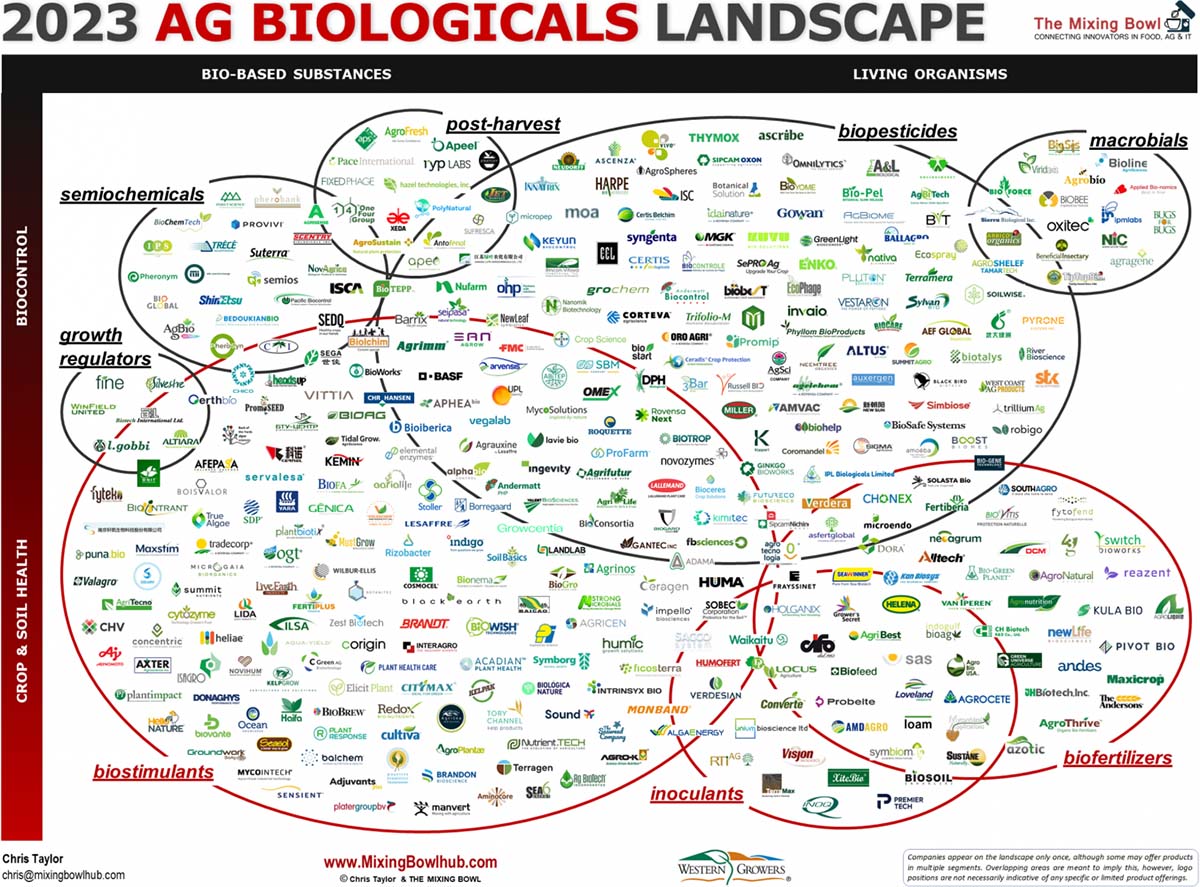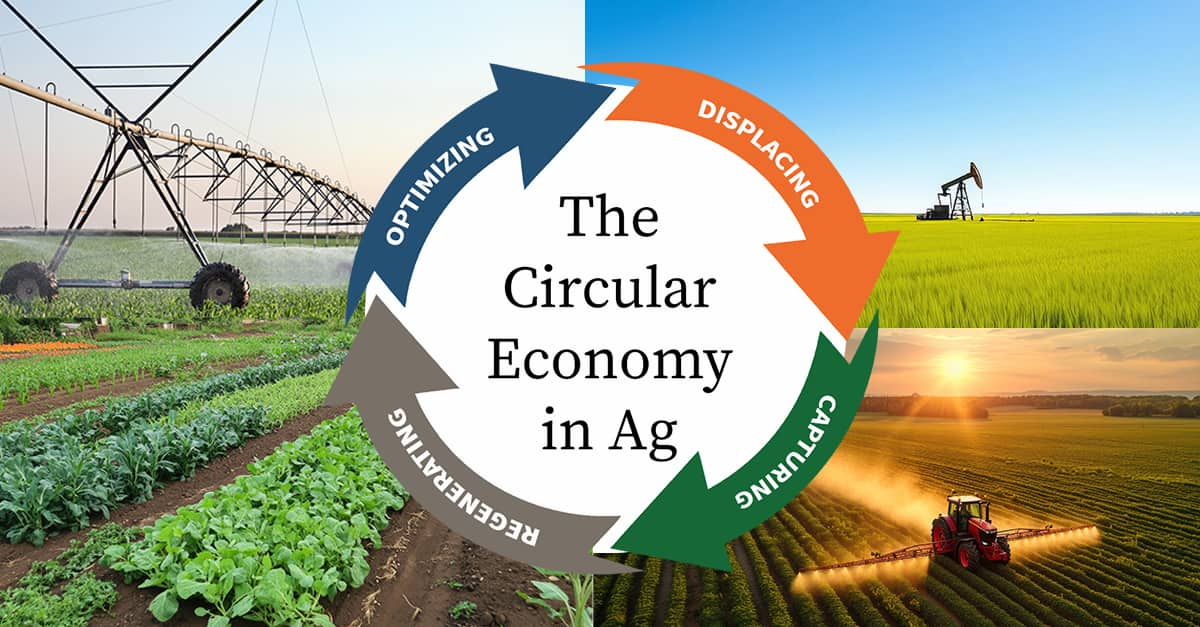The biological landscape is crowded, and it’s getting more complex as more and more is invested in innovations. Globally, at least 1,200 companies have products “derived from naturally occurring micro- and macro-organisms, plant extracts, and other natural materials used to enhance crop production,” according to a study by Western Growers and Mixing Bowl Hub. With all the competition, here are 10 tips to help your biologicals be the most readily adopted in a crowded market.

AgriThority® Senior Research & Development Manager, EMEA, Franz Brandl, Ph.D., stresses the importance of starting with farmer needs and supporting those needs with a sound data package.
“Avoid me-too technologies,” Brandl says. “Addressing a farmer need with differentiated strains or even new species will go a long way to standing out in a crowded market.”
Once the biological is ready for development, there are 10 ways to make your biologicals more commercially viable right out of the gate:
- Start with a specific and disciplined product development plan and then execute that plan according to available resources. Plan globally, but execute locally to maximize impact, early adoption and resources.
- Develop your formulation early in the development process. “Formulation development is still lagging in many strategic development plans,” says Richard Shaw, AgriThority® Product Development Manager. “Many biologicals are inferior formulations to their conventional chemistry competitors, and often the formulation constituents are not approved for use in all the countries where development is planned. This must be addressed early to avoid time delays and rework in the development plan.”
- Understand how your product works. The mode of action is an important piece of the technical data package.
- Consider more market segmentation in development and commercialization plans. This is not a one-size-fits-all market for successful strategies. Resources are always limited, and development resources must be focused on what you can afford to do right. Identify a narrow target and concentrate on that target. There will be time to expand your markets; but, at first, narrow focus is best.
- Implement a market-targeted registration strategy with consideration for your longer term goals. Registration requirements vary vastly in different regions, so it’s important to plan for all markets from the beginning.
- Strive for a crop-specific portfolio strategy that includes biocontrol, biostimulation and biofertilization. Keep in mind that biocontrol and biostimulation are different product classes and will have different development needs and strategies. It’s important to understand the differences in the product categories. Don’t overlook other technology types like synthetics and digital software, or combinations.
- Ensure you have sound, science-based performance claims. Avoid overly broad performance claims as they can be costly down the road. Package with best management practices. Know where your product works and where it doesn’t to avoid misuse or negative performance. “If farmers pick up a tech sheet for a product that ‘does everything on any crop,’ they will quickly lay it aside and look for a product that claims the specific activity they need,” Shaw says. “This is a data-driven market, and no one will participate successfully without a solid data package to support their performance claims. ‘Solid data package’ is defined by what the current successful participants in the market have, and it is essential to match that level of performance proof.”
- Back up the sound, science-based claims with excellent, multi-environmental performance field data that used the best trialing standards. It’s better to have fewer claims and more sound data than to “over-claim.”
- Find a specialized agro-fund. “For a start-up, financing is critical and even more important when the product is three to five years out,” says Pedro Aguilar Fernandez, AgriThority® Spain and Portugal Project Manager. “Once you receive the investment, don’t hesitate to clearly define your product development pathway and make introductions. Many multinationals are out there looking for new technologies, but they will want to see a solid development program with results.”
- Support your products with “boots on the ground.” Farmers rely on their trusted advisors. Don’t neglect establishing a technology transfer plan that includes local advisory support.“The market is crowded and somewhat chaotic,” Fernandez says. “But it’s because the sector is receiving a lot of attention and focus. Bionutrition and biocontrol products are a golden opportunity for many start-ups.”
To help move your innovation to market, trust AgriThority® to be your native guide. With internationally recognized leaders connected to more than 400 local specialists in a worldwide network, we bring deep experience testing more than 670 technologies across 3700+ field trial locations for 250+ multi-national, mid-size and start-up companies.



